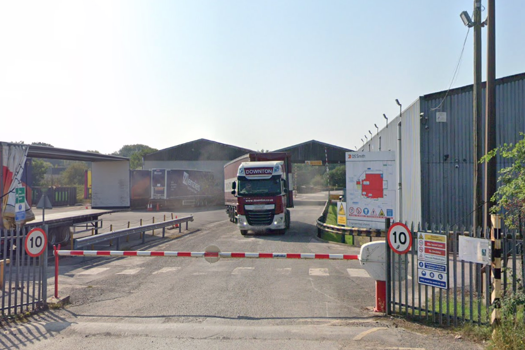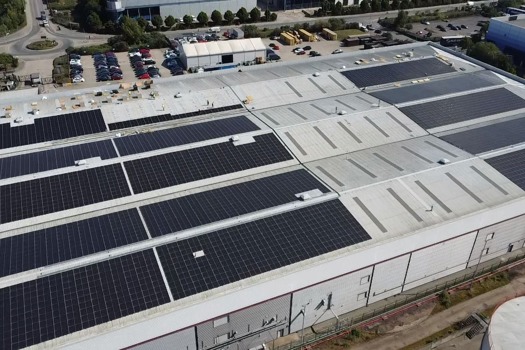What does the product do?
Taopix is a photo product creation and production platform. The software provides websites and a desktop application for creating and ordering personalised photo merchandise. The printer can create multiple separate branded websites, both its own and ‘white-label’ sites for other companies. The range of products encompasses photo books, posters, calendars, greetings cards and gifts, including mugs, t-shirts, key rings, mouse mats, mobile phone pouches, postcards and playing cards. Markets served include direct to consumer (B2C) and B2B to professional photographers.
When was it launched and what market is it aimed at?
First launched early in 2008, Taopix was one of the first off-the-shelf products to enable a print business to enter the personalised photo products market. Version 3.3 was launched at the end of last year.
How does it work?
There are three modules: a downloadable client that the consumer uses to create and order their products on their desktop; the Control Centre, a web-based element for administering the sites; and the Production Client, which receives orders from the Control Centre and integrates with a production site’s workflow.
How does it differ from previous versions?
Version 3.3 is a significant upgrade. "95% of the back-end is new and there are more than 300 additional features based on customer feedback," according to Neil Bather, managing director at UK distributor Transeo Media.
The consumer client has a new interface and splits production and ordering, introducing a shopping cart, which makes it easier to create multiple products in a single order, says Bather. He adds that tighter integration with social media sites, such as Facebook, makes it easier to use images stored there and a new image-fixing button addresses nine quality issues with one-click. In addition, he says back-end enhancements make it easier to create new brands and products. Text can be processed as vector, in addition to raster, providing additional quality.
What is the USP of the product?
Bather says it’s the ease-of-use for the consumer, thanks to the desktop-based product creation and ordering application.
How easy is it to use?
Having a downloadable application on the desktop speeds up the process of creating a product, as there is no need to upload images before you can start creating products. This is crucial, as a time-consuming upload process is the factor most commonly cited for customers giving up or going elsewhere.
What support is on offer?
An annual maintenance contract, taken by 95% of users, and costing 20% of the licence fee, covers upgrades and support.
How much does it cost?
The basic software is available in three configurations starting at £11,750 for the Solo version, through £21,875 for the Pro and £30,625 for the Enterprise version.
Where they differ is the number of brands you can create and the level of integration. Solo allows only a single brand, while Pro supports up to 10. The Enterprise version adds links to digital asset management systems, which enables affinity sites to be created using content from the partner, such as film, book or TV characters.
There is also what Transeo calls a revenue share, if you process more than the 50 products per month. Above that, a fee based on monthly turnover before VAT and shipping is levied on a sliding scale based on volume starting at 7% and falling to 4.5% for the highest volumes.
"We’ve seen W2P vendors come and go, and we want to be here in 10 years’ time," says Bather. "We need to ensure ongoing revenue to continue R&D. If we disappeared tomorrow, it would leave a lot of companies high and dry."
What’s the sales target, how many are installed worldwide and in the UK?
Worldwide there are approaching 400 installations, of which 40 are in the UK, which is Taopix’s home, hailing from the North East. Of those sites in the UK, two thirds are commercial printers and a third photolabs.










